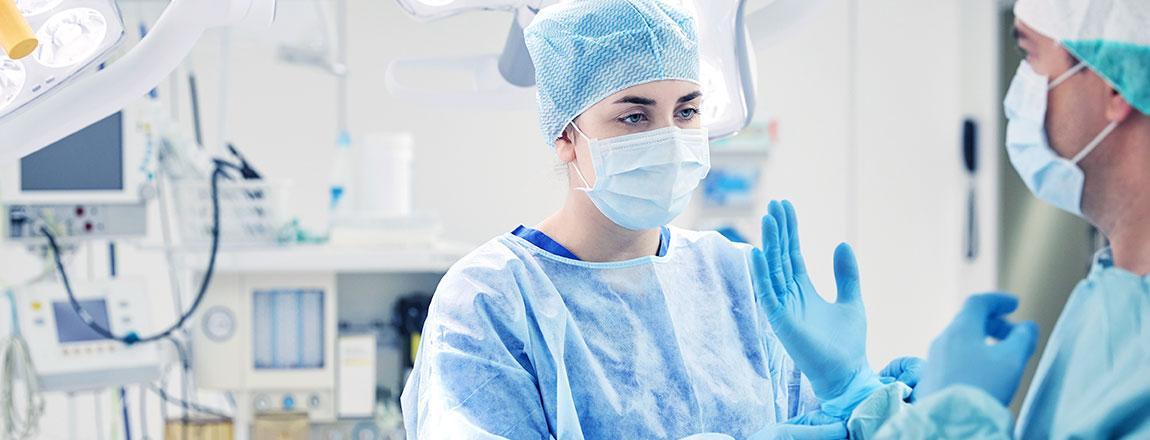Nosocomial infections in healthcare establishments: a major cost factor
Numerous studies have been carried out around the world comparing the extra costs incurred by the occurrence of hospital-acquired infections. However, extrapolation from foreign studies is risky, as healthcare pathways are not equivalent from one country to another. What's more, these studies differ in terms of scope, patient populations, type of clinical services concerned and cost calculation methods, making it difficult to draw up a summary.
For example, according to the authors :
- The average additional cost of a stay for a patient with a hospital-acquired infection in an intensive care unit ranges from $6,152 to $36,427, depending on the situation;
- The cost of hospital-acquired infections and their prevention in an Italian hospital was compared. The cost of the prevention program was estimated at €128,727, while the cost of nosocomial infections was €223,716.
However, although it is difficult to compile all the results, it is clear that additional costs vary according to the type of hospital-acquired infection, the type of germ, the site of infection, the type of hospitalization unit, the patient's risk factors, and the underlying pathology.
Additional costs are mainly related to prolonged length of stay (often more than a week), and a smaller percentage (less than 10%) to antibiotic therapy. The degree of severity of the patient's pathology must be taken into account when assessing costs; there is a correlation between the degree of severity of the pathology and the costs of care.
These additional costs range from €500 (urinary tract infection) to €40,000 (most severe bacteremia in intensive care). They are essentially linked to longer lengths of stay.
If we take a global view, and consider that there are between 700,000 and 750,000 hospital-acquired infections in French hospitals every year. Taking into account all the cost data analyzed and the breakdown of these hospital-acquired infections by location (40% urinary tract infections, 10% SSIs, etc.), we can adopt a range for the average additional cost attributable to hospital-acquired infections, all locations combined, of between €3,500 and €8,000 per hospital-acquired infection (a fairly wide range, given the variability of the studies).
Using the conventional avoidability rate of 30%, we arrive at an estimated total avoidable hospital-acquired infections expenditure of :
[700,000 - 750,000] * 0.3 * [3,500 - 8,000] = 0.73 to 1.8 billion euros.
The cost/benefit ratio of prevention measures is therefore favorable.
Single-use solutions such as CareBag® contribute to the prevention of infectious risk in healthcare establishments by handling excreta, sources of pathogens, in a hygienic and safe way.
Source : Prévenir les infections nosocomiales : une exigence de qualité des soins hospitaliers
RAPPORTS D'OFFICE PARLEMENTAIRE
Rapport n° 421 (2005-2006), déposé le 22 juin 2006

